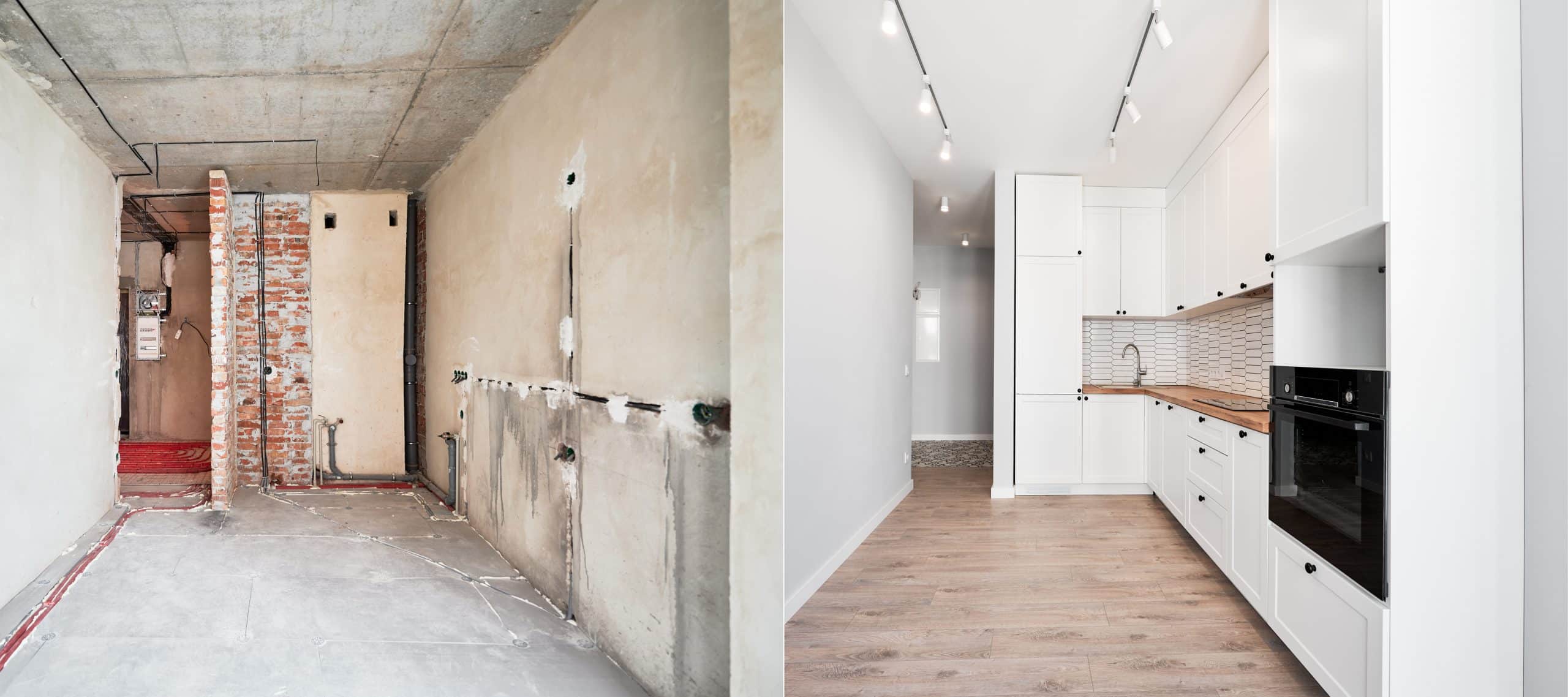What Are the Best Strategies for Retrofitting Victorian Houses with Modern Amenities?

Victorian homes have a distinctive charm and elegance that many contemporary designs strive to emulate. However, the reality of living in these heritage structures often comes with a host of challenges. From a lack of sustainable energy systems to outdated kitchens, these spaces may require significant remodelling to meet the demands of modern living.
The retrofitting of Victorian homes with modern amenities is no easy task. It calls for a careful balance between preserving the historic integrity of the house and implementing contemporary features for comfort and convenience. As you navigate this delicate process, the following strategies may prove beneficial.
A voir aussi : What Are the Implications of Autonomous Delivery Services on Commercial Real Estate Design?
Incorporating Sustainable Energy Systems
Victorian homes are not renowned for their energy efficiency, but that doesn’t mean they can’t be retrofitted with sustainable systems. It begins with a comprehensive energy audit to identify areas where energy is wasted. The subsequent step involves incorporating sustainable solutions that align with the home’s heritage character.
Solar panels are an excellent addition to Victorian homes, providing an eco-friendly energy source that can also generate substantial savings on electricity bills. A solar panel design that blends seamlessly with the existing roof can maintain the aesthetic appeal of the house.
Lire également : How to Create Sustainable Drainage Systems (SuDS) in Urban Real Estate Developments?
Another sustainable energy solution is installing a heat pump. These devices can replace the traditional, less efficient heating systems often found in Victorian houses. Moreover, they contribute to a reduction in carbon footprint, making your home environmentally friendly.
Modern Kitchen Extension
The kitchen is often the heart of a home, but Victorian homes were not designed with the modern need for open, social kitchen spaces. Therefore, undertaking a kitchen extension project can significantly enhance the usability and comfort of your home.
The extension should not disrupt the architectural integrity of the house. Instead, it should complement and enhance the existing structure. An architect with experience in Victorian homes can help achieve this balance.
Try blending modern with vintage in your kitchen design. Install state-of-the-art appliances and fixtures, but retain elements like the vintage tiles and woodwork that echo Victorian aesthetics.
Space Redesign for Contemporary Living
Victorian homes were designed for a different era, which can make them feel cramped and closed-off by today’s standards. Hence, redesigning the space for contemporary living is a crucial part of retrofitting.
One effective strategy is to create an open-floor plan. This involves removing non-essential walls and partitions to create a unified, airy space. Consult an architect to ensure that the structural integrity of the house is not compromised during this process.
Don’t forget to factor in natural light in your design. Victorian homes often have small windows, but you can counter this by installing skylights or expanding existing windows, as long as these alterations do not detract from the building’s heritage value.
Using Modern Building Materials
While retaining the original materials of a Victorian home is essential to preserving its charm, you can also incorporate modern materials to enhance its longevity and functionality.
For instance, consider replacing old, worn-out wooden elements with modern alternatives like composite wood. It offers the same aesthetic appeal but comes with enhanced durability and lesser maintenance requirements. Similarly, insulating materials can be used to enhance the energy efficiency of the home.
However, be mindful not to stray too far from the architectural style of the era. Strive to strike a balance between modernity and heritage in your material choices.
Two-Storey Extensions
For Victorian homeowners craving more space, two-storey extensions can be a viable solution. They offer extra room without eating into your outdoor area, allowing you to maintain the original house’s footprint.
Two-storey extensions should be carefully executed to maintain the home’s original proportions and character. It’s wise to hire an experienced architect who can blend the new structure with the original seamlessly.
Ensure that the extension does not overshadow the original building. It should be a natural enhancement rather than a stark contrast, to maintain the charm and elegance of your Victorian home.
In conclusion, retrofitting Victorian homes requires a meticulous approach that balances modern comfort with heritage preservation. However, it is a fulfilling endeavour that can breathe new life into these timeless structures, making them fit for contemporary living. This intricate task will not only give you a unique living space but also contribute to the preservation of architectural history.
Enhanced Insulation for Energy Efficiency
Victorian houses are often associated with being cold and draughty, largely due to poor insulation. Subsequently, this can lead to high energy consumption and increased fuel poverty. However, retrofitting can pave the way to transform these older homes into more energy-efficient abodes.
Insulation is a key aspect of this transformation. Upgrading your home’s insulation not only helps to reduce energy bills but also contributes to a more eco-friendly environment. When insulating a Victorian house, it’s crucial to use materials that do not compromise the building’s period aesthetic. There are a variety of modern, non-invasive insulation options available, from blown-in cellulose to mineral wool batts, which can be fitted without causing significant disruption to the existing structure.
Additionally, upgrading windows is another effective strategy for enhanced insulation. While Victorian homes often feature beautiful, original single-pane glass windows, these are unfortunately not very energy efficient. Double-glazed windows can significantly reduce heat loss, ultimately resulting in lower energy bills.
Remember, insulation improvements should be conducted by a professional to ensure installation is done correctly without causing any harm to the house’s structure. Hiring sustainable architects who specialise in retrofitting heritage homes can be beneficial in making the most out of your renovation project.
Integrating Smart Home Technology
Despite their historical charm, Victorian homes can still benefit from the conveniences of modern technology. Smart home technologies can be integrated into these homes to enhance comfort, convenience, and energy efficiency.
Smart thermostats, for instance, can be programmed to maintain optimal temperatures at different times of the day, thus reducing energy waste. Similarly, smart lighting solutions can help control energy consumption by automatically adjusting the lighting based on natural light levels and occupancy.
Moreover, smart home security systems, such as doorbell cameras and smart locks, can be integrated to enhance the security of your property. However, it’s essential to maintain a balance between integrating modern technology and preserving the home’s character. As such, avoid conspicuous installations that could undermine the Victorian aesthetic.
Always consult with a design studio that has experience in retrofitting Victorian homes with smart technology. This way, you can ensure that the implementation of these amenities does not disrupt the charm and architecture of the home.
Conclusion
Retrofitting Victorian homes with modern amenities is a challenging yet rewarding process. It requires a meticulous balance between preserving the heritage of these architectural gems and incorporating modern elements for enhanced comfort and energy efficiency. Whether you’re considering a rear extension, a double-storey addition, or a side return, the key is to maintain the home’s original charm while making it fit for contemporary living.
By incorporating sustainable energy systems, redesigning spaces for modern living, using modern building materials, enhancing insulation, and integrating smart technology, you can successfully retrofit your Victorian home. It’s important to collaborate with sustainable architects and experienced design studios to ensure a smooth transition between the old and the new.
In the end, the result is a Queen Park-inspired home that stands proudly in the 21st century, offering the best of both worlds – a testament to its rich past and a nod to its sustainable future.
